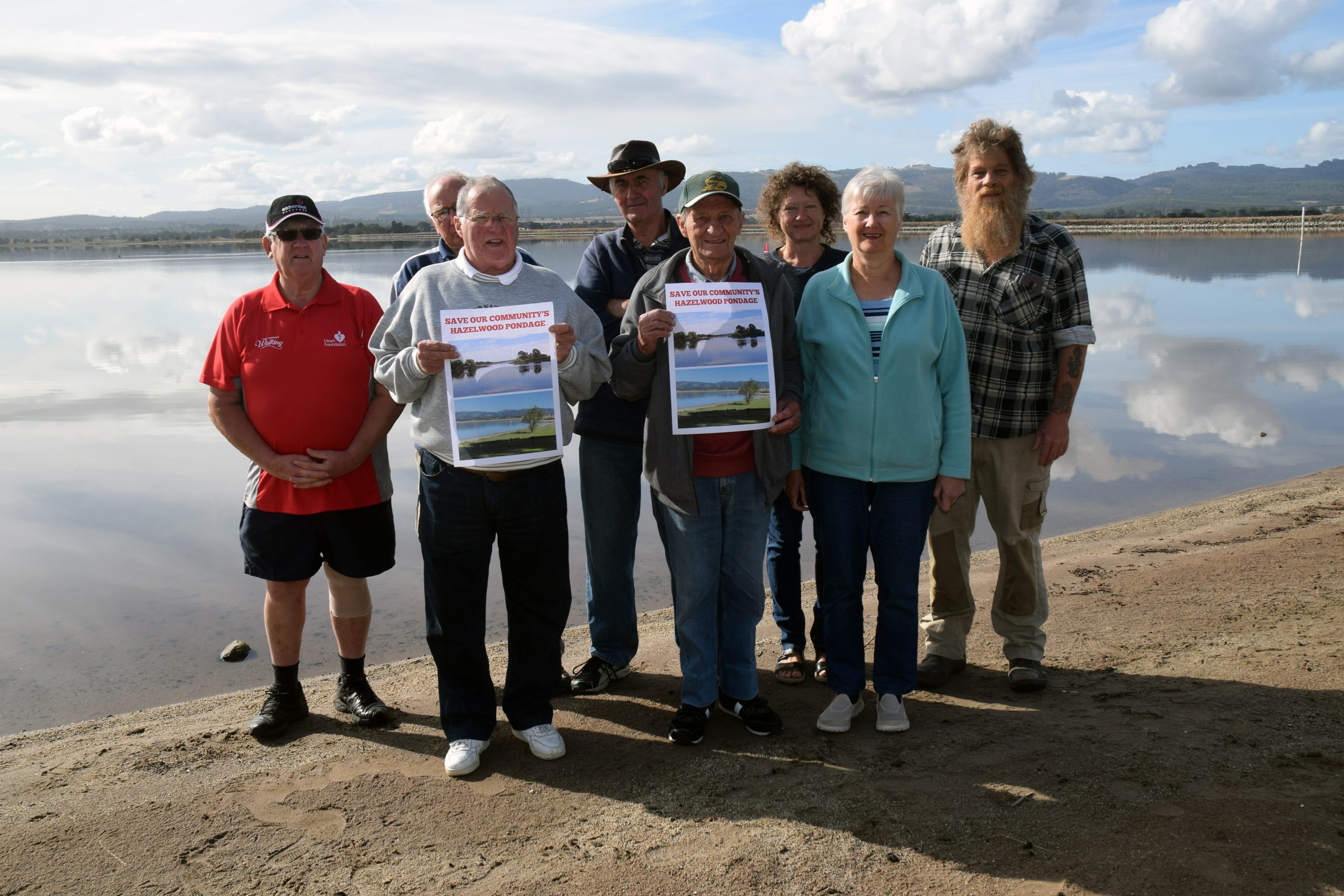The State Government has lifted its relocation advice for at-risk Morwell residents and workers, after “significant” improvements in coal ash fallout from the Hazelwood open cut fire.
Victoria’s Chief Health Officer Dr Rosemary Lester said people over the age of 65, pre-school aged children, pregnant women and those with pre-existing heart or lung conditions could now progressively return home or to places of work.
“The crucial factor is that air quality, particularly the PM 2.5 level (microscopic coal ash particles), has improved significantly,” Dr Lester said.
The return advice comes two-and-a-half weeks after the relocation order was initially made on 28 February, and five weeks after the fire began in the open cut.
Dr Lester said authorities would continue to liaise with the Environment Protection Authority to monitor air quality data.
EPA chief executive John Merritt said the EPA was committed to monitoring air quality in Morwell, Moe and Churchill for the next 12 months before reviewing findings with Latrobe City Council.
“Our aim here is to keep monitoring here in the Valley until we restore residents’ confidence in the air they’re breathing,” Mr Merritt said.
“We’ll keep monitoring the ash, we’ll keep monitoring the smoke and we’ll be working with the council to make sure those results are available to everyone in the Valley until such time as people are confident in the air that they’re breathing.”
The relocation advice was issued for homes and workplaces south of the Morwell railway line, west of Hazelwood Road, and east of the Strzelecki Highway turn off.
Dr Lester said although isolated patches of smoke would continue to arise from hotspots during the later stages of the firefight, the likelihood of relocation advice being reintroduced was “extremely unlikely”.
“If you look at the pattern of air quality we’ve seen over the past couple of weeks, the air quality is dramatically, dramatically better than it was in the early weeks of this event,” she said.
“Barring any major disaster with the fire I think it’s extremely unlikely that we would issue any other relocation advice.”
Dr Lester reiterated that she did not expect any long-term health effects to be observed, and said discussions about the commissioning of an ongoing health study were continuing in consultation with LCC and the community.
The community health assessment centre will stop operating at the end of March and relocation grants made available through DHS have now ceased.
The DHS advised that some 4000 respite assistance payments and 1000 relocation payments, which were issued weekly to relocated residents, totalling about $3 million had been paid out.
About 670 people were relocated throughout the crisis.
Dr Lester said assistance and information about the clean-up of home and premises would be made available through the Department of Human Services and Latrobe City Council.
She said while residual ash was not itself toxic, fine particles may be stimulated during clean-up and as such advised to wear masks when cleaning homes and businesses.
Meanwhile Hazelwood Incident Controller John Haynes said while weekend rain had taken the heat out of the remaining mine floor hotspots, it would still “most likely continue for a few more weeks” before fully doused.
“This is a slow process … but the fire isn’t throwing up much smoke and the remaining hotspots are being dealt with quickly,” Mr Haynes said.










